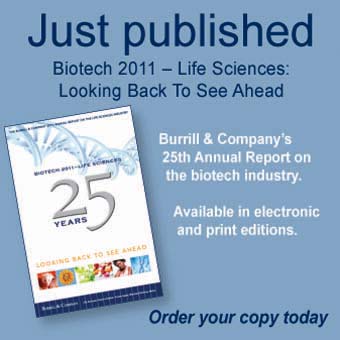“We think we've sized our research, sized the effort, sized the resources and focused it so it will be productive.”
Pfizer CEO Ian Read told analysts that improving performance of the pharma giant’s “innovative core” remains his top priority, while he outlined steps the company is taking including cutting as much as $1.4 billion this year in R&D spending. Already losing patent protection on key drugs, Pfizer faces the loss of billions in revenue when the world’s best-selling drug Lipitor goes off patent later this year.
Like many other large pharmaceutical companies Pfizer has wrestled with a growing problem around R&D productivity as increasing investments failed to yield greater returns in the form of new drug approvals. This has lead to soul searching within the industry that has resulted in large pharmaceutical companies relying more on external relationships, narrowing their focus on areas that offer the best return on investment, and attempts to change cultures so R&D divisions act like smaller, entrepreneurial companies.
In February, Read outlined steps he was taking to reinvigorate the company’s R&D efforts and address the anemic performance, measures that include slashing R&D spending by nearly $3 billion to as little as $6.5 billion in 2012. His plan includes sharpening Pfizer’s R&D efforts in core areas that offer the best promise of scientific and commercial success, using external collaborations to share risk and gain access to the cutting edge science, and giving more business ownership and accountability to chief scientific officers to create a greater return on investment.
Already R&D spending has been pared. Read says this year the company will cut R&D expenses to between $8 billion and $8.5 billion. It’s terminating 39 projects as it focuses on areas that include neuroscience, cardiovascular/metabolic, oncology, inflammation and vaccines.
When one analyst asked Read what he had learned over the last quarter spent studying Pfizer’s R&D, Read said he was “optimistic and enthusiastic about the organization.” “We're getting an entrepreneurial sense into the organization with empowered, committed scientists that are focused on what I would call, making unstoppable products, shots in goal not shots on goal, very acutely aware of the resources being used and the payback necessary to continue getting those resources,” he says. [The full transcript of the Pfizer earnings call is available on Seeking Alpha].
Asked how he planned to boost Pfizer’s productivity in the face of obstacles including its size that work against innovation and the challenge of improving the R&D culture as R&D budgets are cut, Read says he’s banking on establishing disease area chief scientific officers who are empowered, control their own budgets, and are provided with incentives to perform.
“We think we've sized our research, sized the effort, sized the resources and focused it so it will be productive,” he says. “And we will continue to work on that. And while I think the model we have is going to be successful, we will continue to review it and until we have metrics internally that will measure that on a sort of monthly, yearly basis. And we're very, very focused on getting this model right and getting productivity.”
May 06, 2011
http://www.burrillreport.com/article-getting_that_rd_mojo_working.html






.gif)
